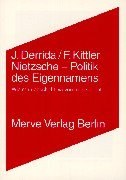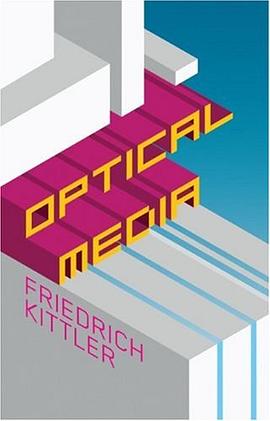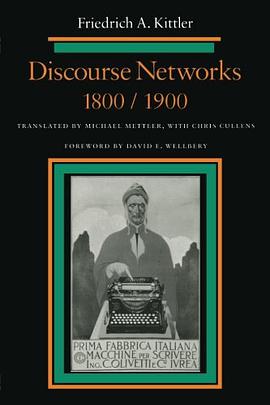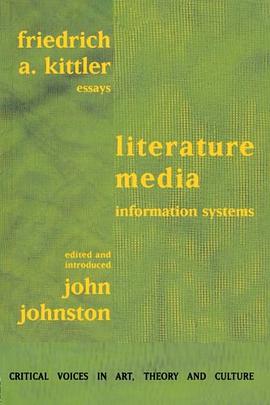This is a highly original book about the connections between historical moment, social structure, technology, communication systems, and what is said and thought using these systems - notably literature. The author focuses on the differences between 'discourse networks' in 1800 and in 1900, in the process developing a new analysis of the shift from romanticism to modernism. The work might be classified as a German equivalent to the New Historicism that is currently of great interest among American literary scholars, both in the intellectual influences to which Kittler responds and in his concern to ground literature in the most concrete details of historical reality. The artful structure of the book begins with Goethe's Faust and ends with Valery's Faust. In the 1800 section, the author discusses how language was learned, the emergence of the modern university, the associated beginning of the interpretation of contemporary literature, and the canonization of literature. Among the writers and works Kittler analyzes in addition to Goethe's Faust are Schlegel, Hegel, E. T. A. Hoffman's 'The Golden Pot', and Goethe's Tasso.



